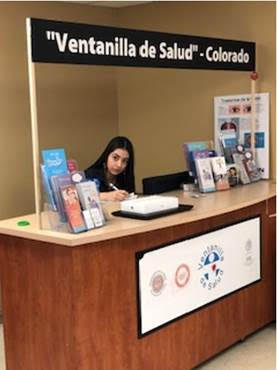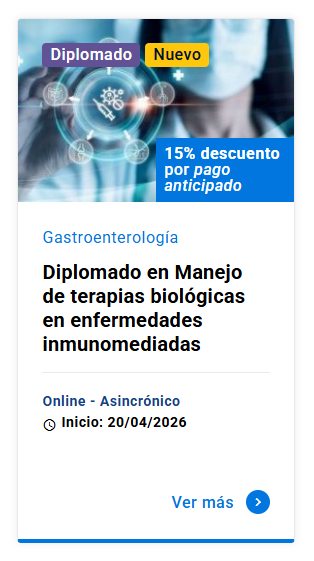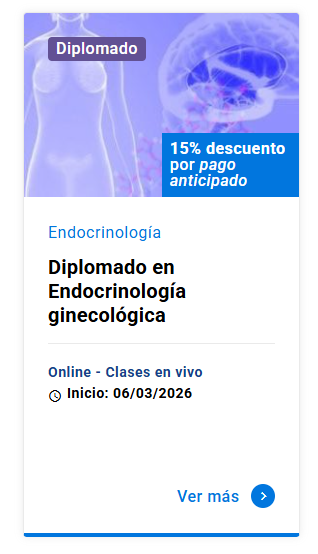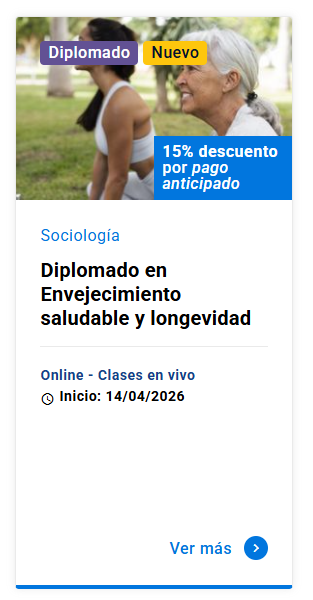Community-level screening for type 2 diabetes risk in Mexicans living in Colorado
Detección a nivel comunitario de riesgo de diabetes tipo 2 en mexicanos que viven en Colorado
DOI:
https://doi.org/10.11565/arsmed.v46i2.1781Palabras clave:
community screening, type 2 diabetes, FINDRISCResumen
Introduction: Many Mexican immigrants to the US are medically underserved and have a higher risk for type 2 diabetes; early identification of risk factors can prompt referrals to lifestyle changes and primary care in this population. We used a cross-sectional study design to assess diabetes risk using an existing community partnership, a public health professional, and a lay health promoter model to identify individuals at high risk for diabetes without imposing tests that are difficult to perform or sustain in a community setting. Materials and Methods: Between January 1st, 2018, and December 31st, 2019, a community-based approach for type 2 diabetes-risk screening was conducted by lay health workers using a standard protocol including an educational component, the FINDRISC questionnaire, and capillary plasma glucose criteria. Basic descriptive statistics were obtained for demographic, lifestyle, and diabetes risk factors. Results: Our team screened 783 adult individuals (444 females and 339 males) for type 2 diabetes risk. 29% of participants (35.6% of females and 20.6% of males) were at high risk of type 2 diabetes because they had FINDRISC scores of 14 or higher. We also identified other risk factors, 79% of females and 86% of males were overweight or obese, and 39% had high blood pressure; consequently, we referred 427 patients to their PCP or a new medical home. Conclusions: The use of a community-based intervention using the FINDRISC type 2 diabetes risk assessment tool is a suitable, easy to perform intervention that can be applied in community settings by community lay health promoters.
Descargas

Descargas
Publicado
Cómo citar
Licencia
Derechos de autor 2021 ARS MEDICA Revista de Ciencias Médicas

Esta obra está bajo una licencia internacional Creative Commons Atribución-NoComercial-SinDerivadas 4.0.
Los autores/as conservan sus derechos de autor y garantizan a la revista el derecho de primera publicación de su obra, la que estará simultáneamente sujeta a la Licencia CC BY-SA 4.0 (Ver declaración de Acceso Abierto).







